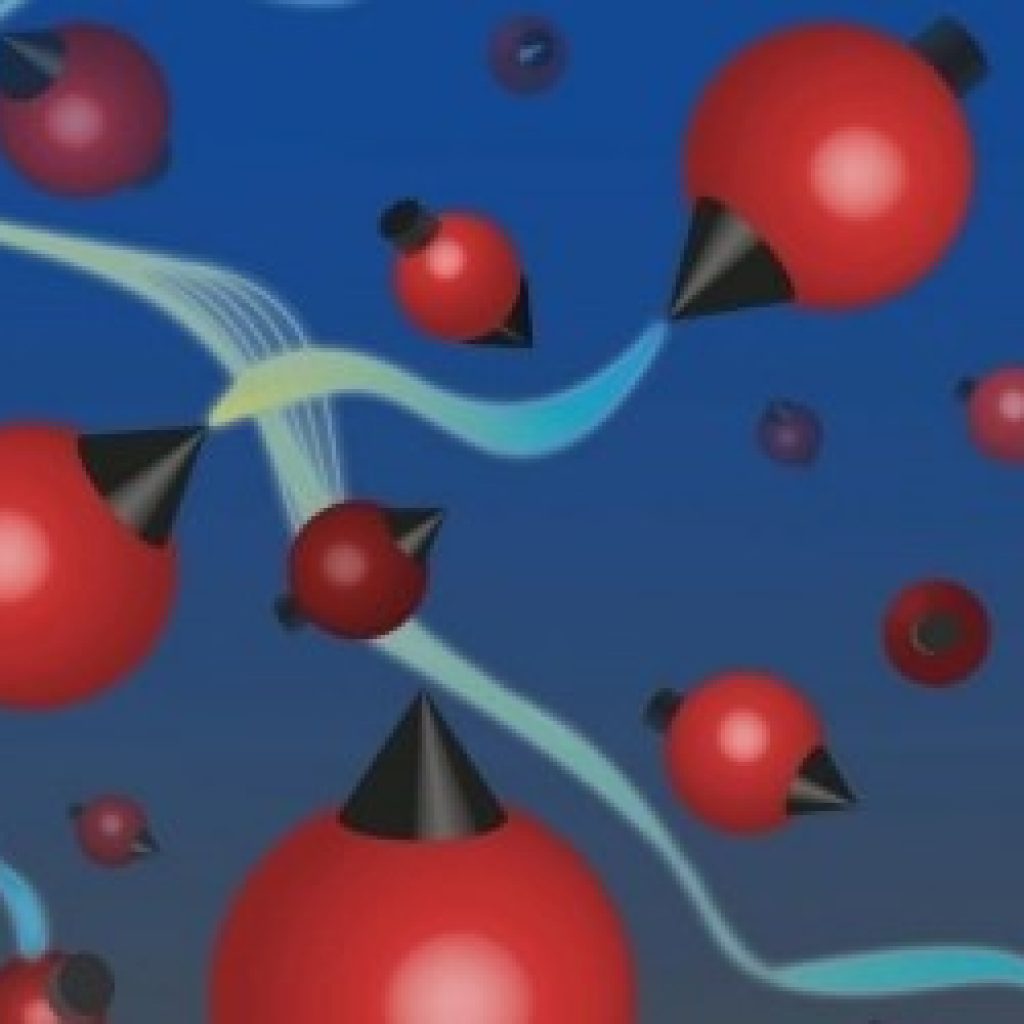(SciTechDaily) Entanglement is at the heart of quantum technologies that promise large advances in computing, communications and sensing, for example detecting gravitational waves. Entangled states are famously fragile: in most cases even a tiny disturbance will undo the entanglement. For this reason, current quantum technologies take great pains to isolate the microscopic systems they work with, and typically operate at temperatures close to absolute zero.
The ICFO team, in contrast, heated a collection of atoms to 450 Kelvin, millions of times hotter than most atoms used for quantum technology. Moreover, the individual atoms were anything but isolated; they collided with each other every few microseconds, and each collision set their electrons spinning in random directions. What the researchers observed was an enormous number of entangled atoms — about 100 times more than ever before observed. They also saw that the entanglement is non-local — it involves atoms that are not close to each other.
Jia Kong, first author of the study, recalls, “is that if we stop the measurement, the entanglement remains for about 1 millisecond, which means that 1000 times per second a new batch of 15 trillion atoms is being entangled. The observation of this hot and messy entangled state paves the way for ultra-sensitive magnetic field detection. For example, in magnetoencephalography (magnetic brain imaging), a new generation of sensors uses these same hot, high-density atomic gases to detect the magnetic fields produced by brain activity. The new results show that entanglement can improve the sensitivity of this technique, which has applications in fundamental brain science and neurosurgery.
CREA Prof. at ICFO Morgan Mitchell states, “this result is surprising, a real departure from what everyone expects of entanglement.” He adds “we hope that this kind of giant entangled state will lead to better sensor performance in applications ranging from brain imaging to self-driving cars to searches for dark matter.”
Quantum Entanglement of 15 Trillion Atoms at 450 Kelvin Findings Potentially Improve Sensing Technologies
